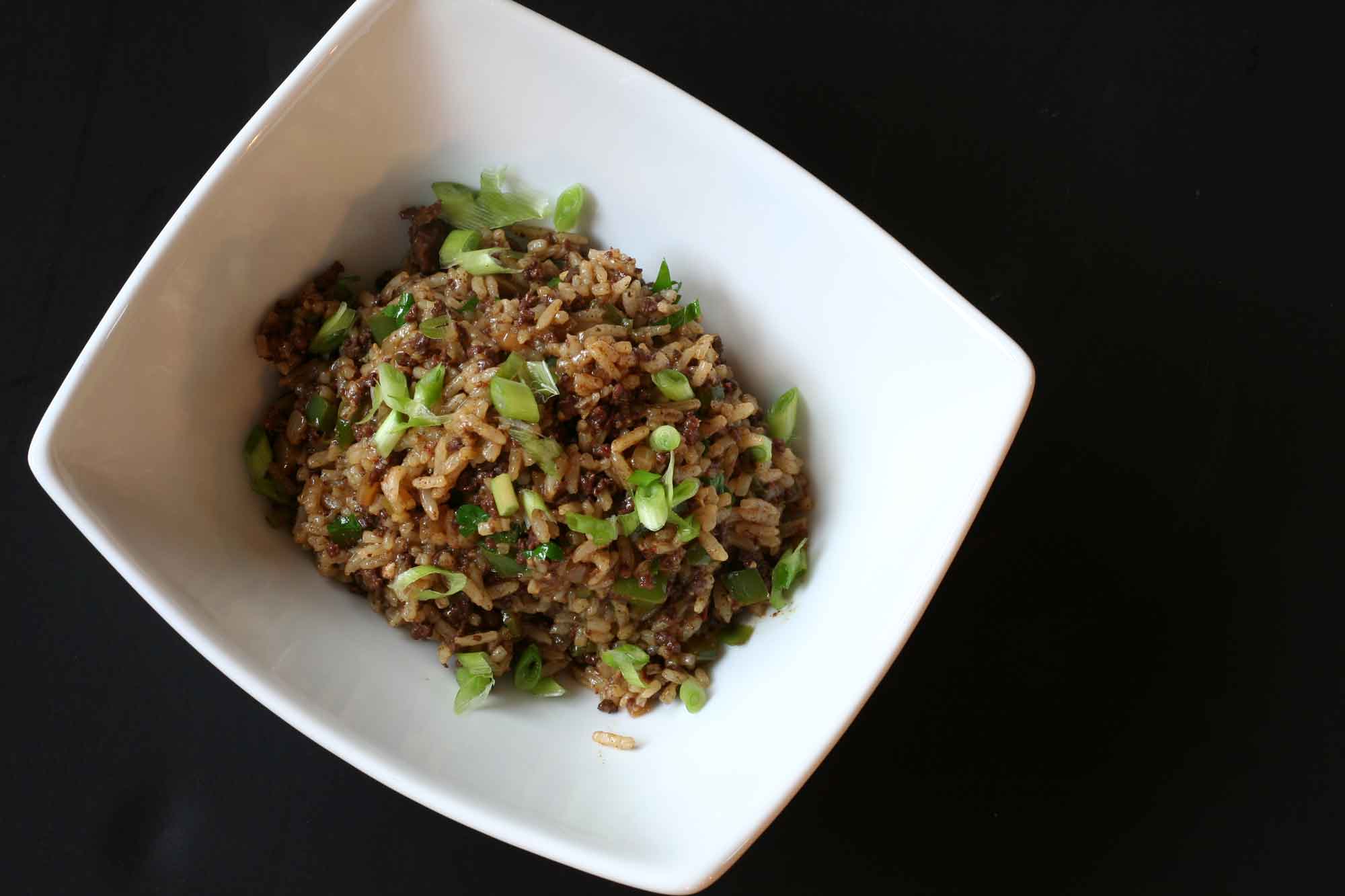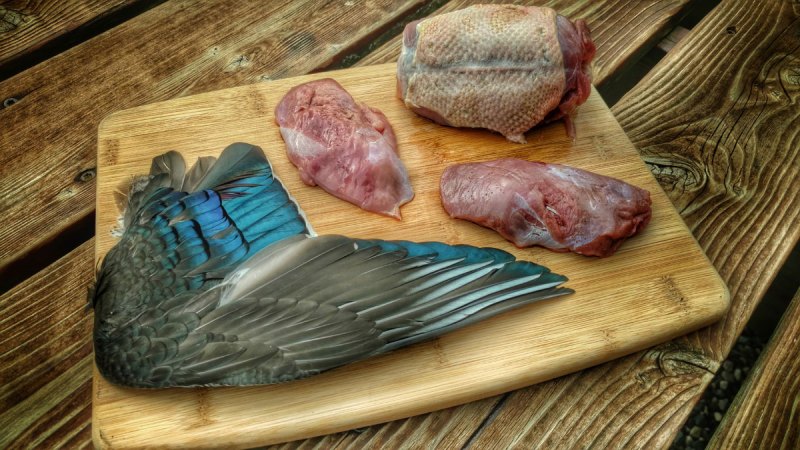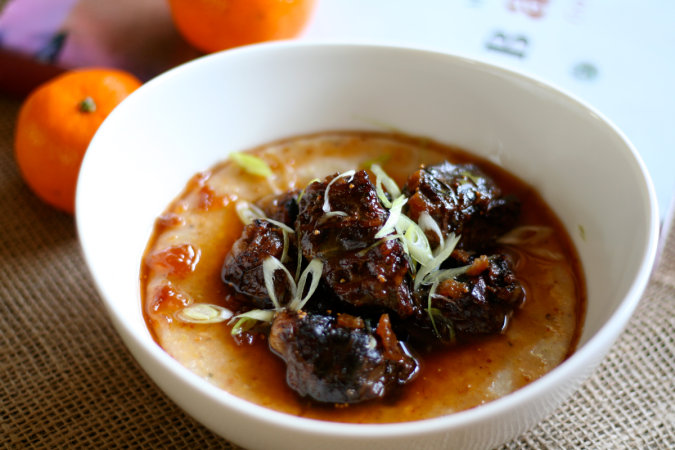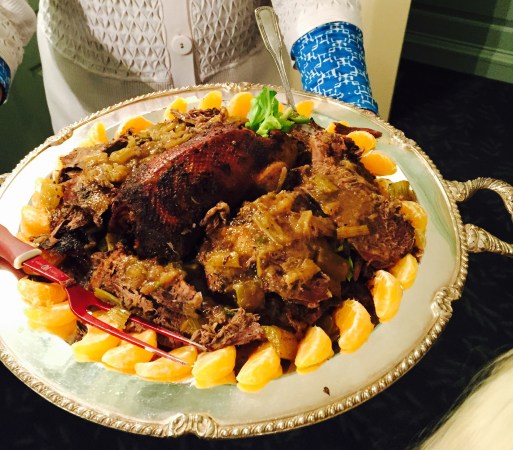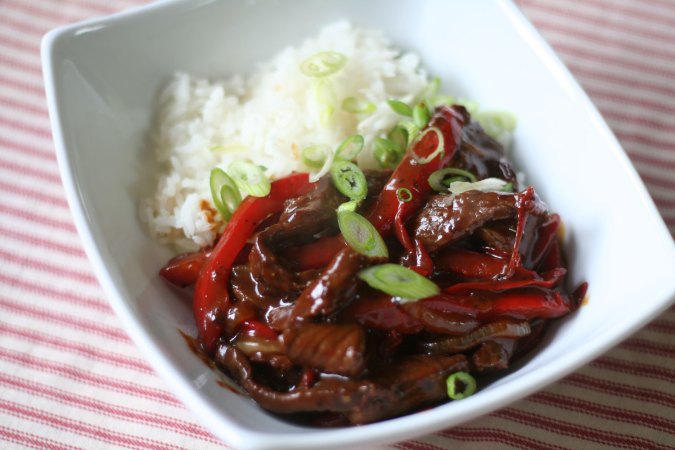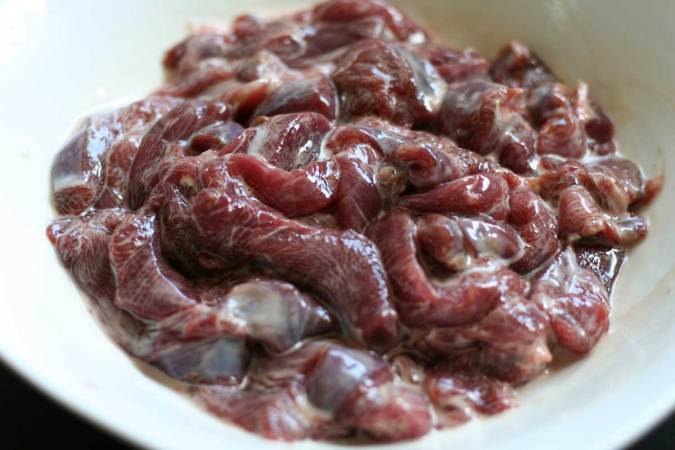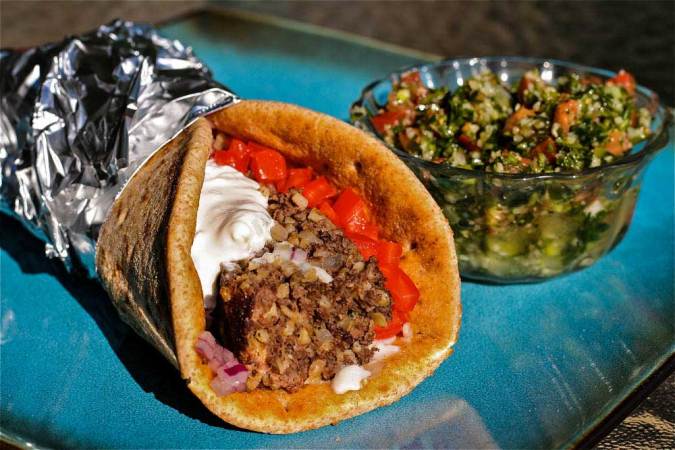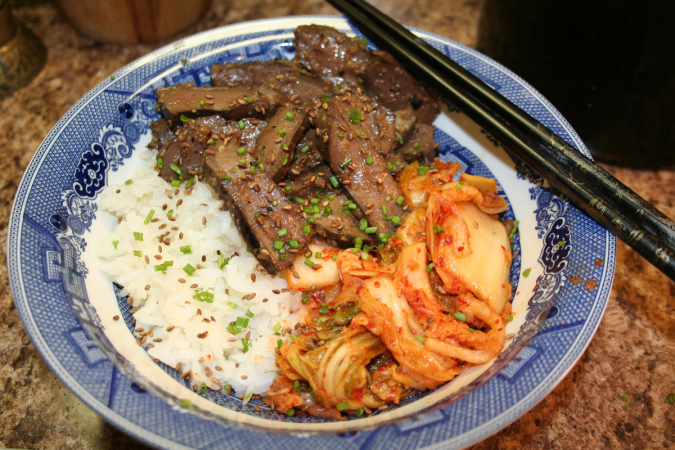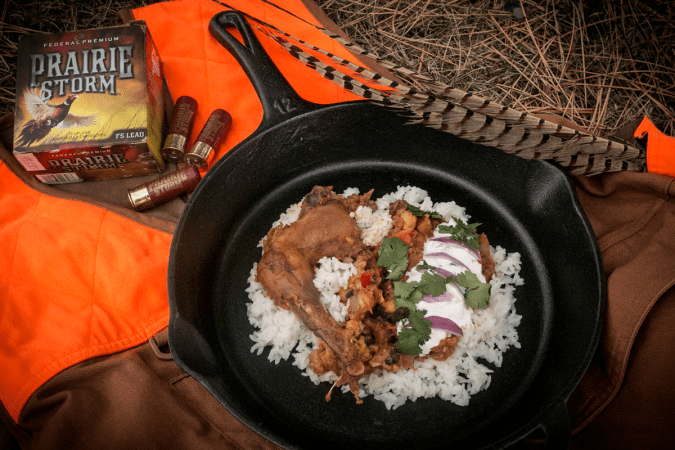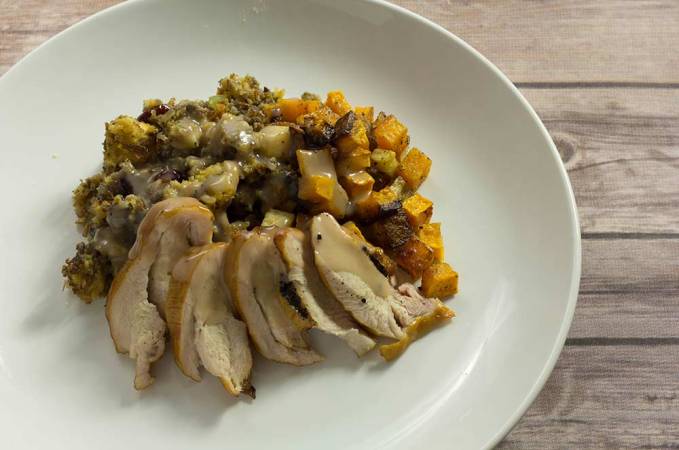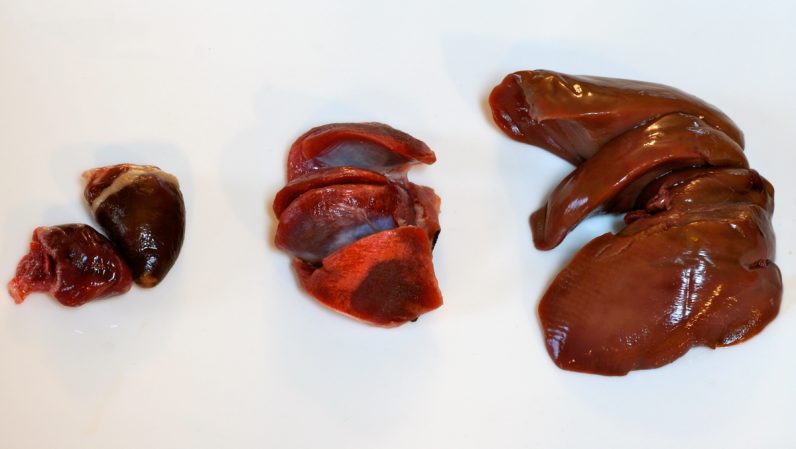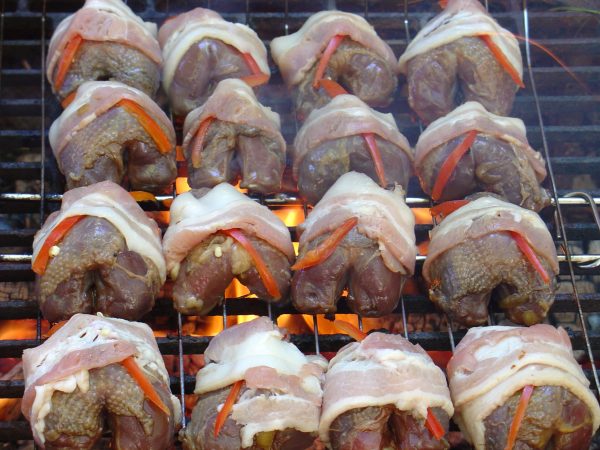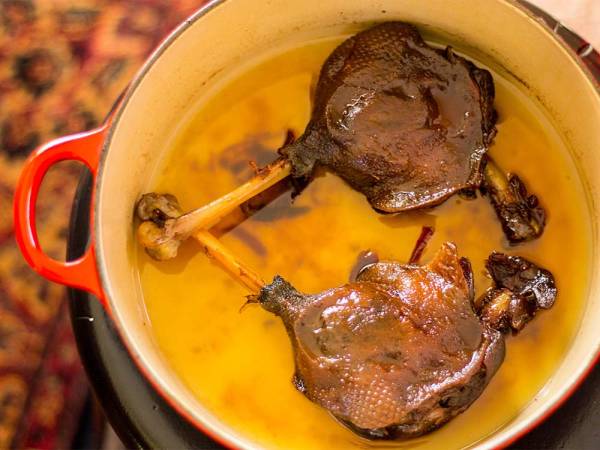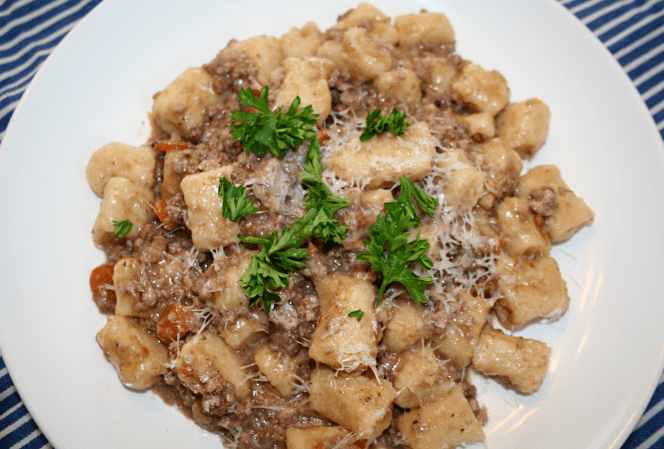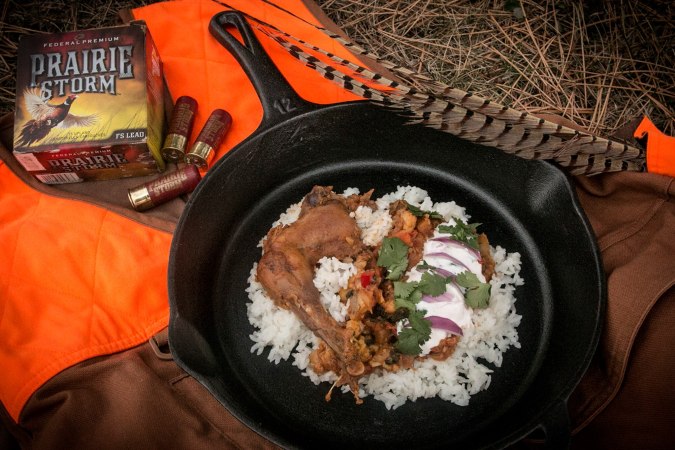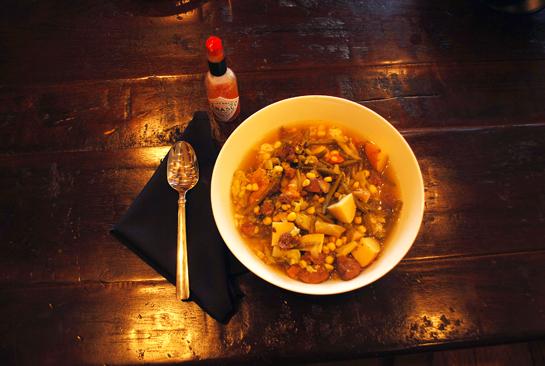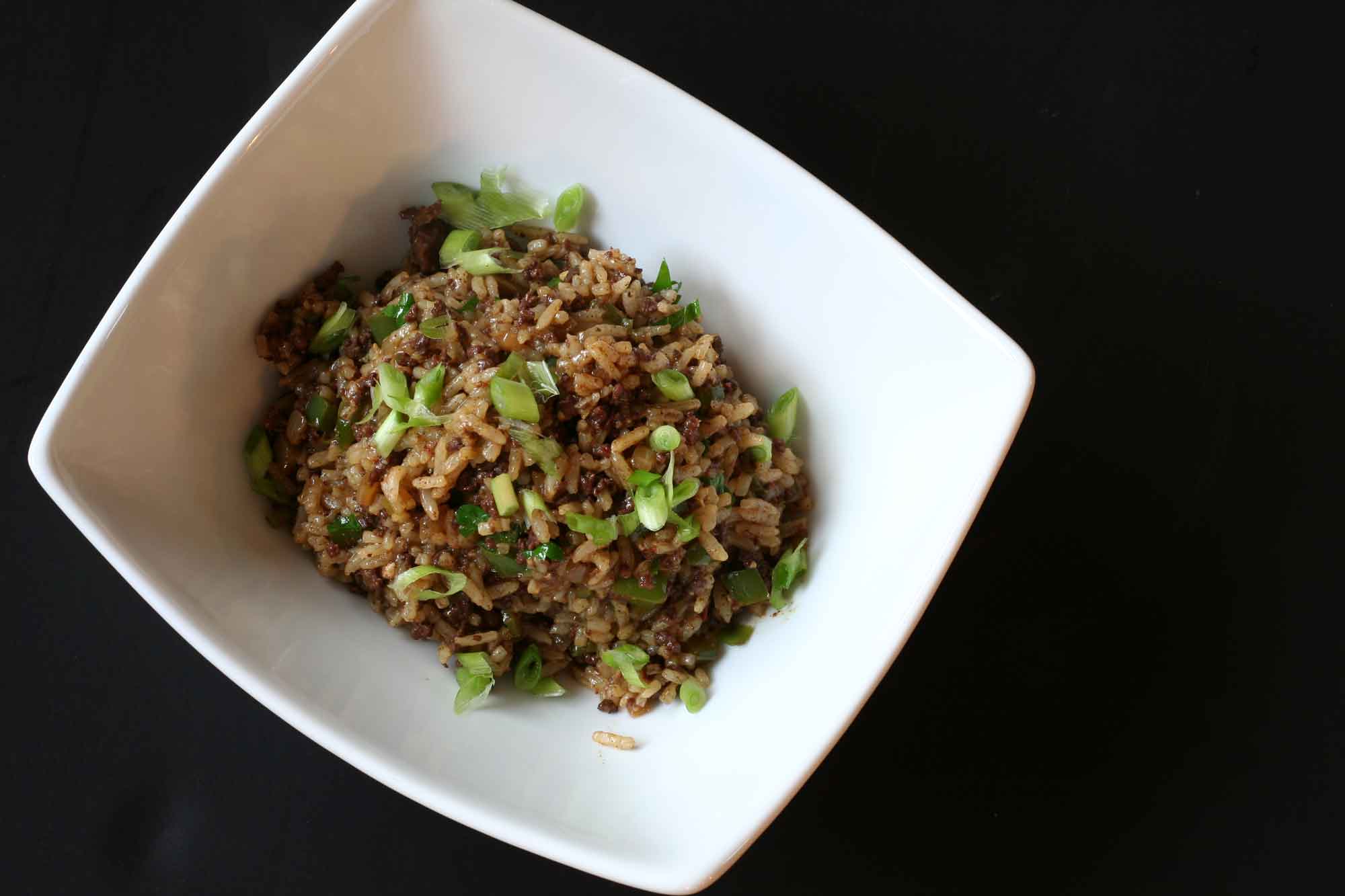
Some people enjoy liver, some people don’t, and some people believe it isn’t fit for human consumption and only feed it to their dog.
I know that not everybody shares my opinion on how good liver can be, so I’ve been running around for the last six years telling anyone who will listen that all wild game—including the organs—is delicious. You just have to cook it right. For instance: If you cut a 1-inch thick piece of liver, throw it on the grill, and cook it until it well-done, it’s going to be a nasty hunk of brownish gray crap. But if you slice it about a quarter-inch thick, season it properly, and pan fry it in bacon fat for about one minute on each side you end up with a tender and delicious meal.
Finding new ways to turn the liver into something wonderful is a goal of mine. Over the past several years I have had a number of great successes. Turning antelope liver into a pate or dry curing a liver and then grating it onto roasted beets were a couple of my favorites. Liver kabobs, on the other hand, turned into charred briquettes that were both tough and not tasty. One of my favorite ways to use liver is to make sausages, and Braunschweiger or mazzafegatti are two of my favorites. You can also use livers to add depth and flavor to ragu, or it can stand alone as the main dish like my liver wrapped in caul fat.
There are a few things that you need to remember when cooking liver. First and foremost: freshness counts. The sooner you can cook a liver, the better it will be. This is especially true if you are going to eat liver as a standalone dish. When you let a liver sit for any amount of time—even in the freezer—it will acquire a really strong flavor. So if you aren’t going to use a liver right away, consider using it in other preparations like a sausage or pate.
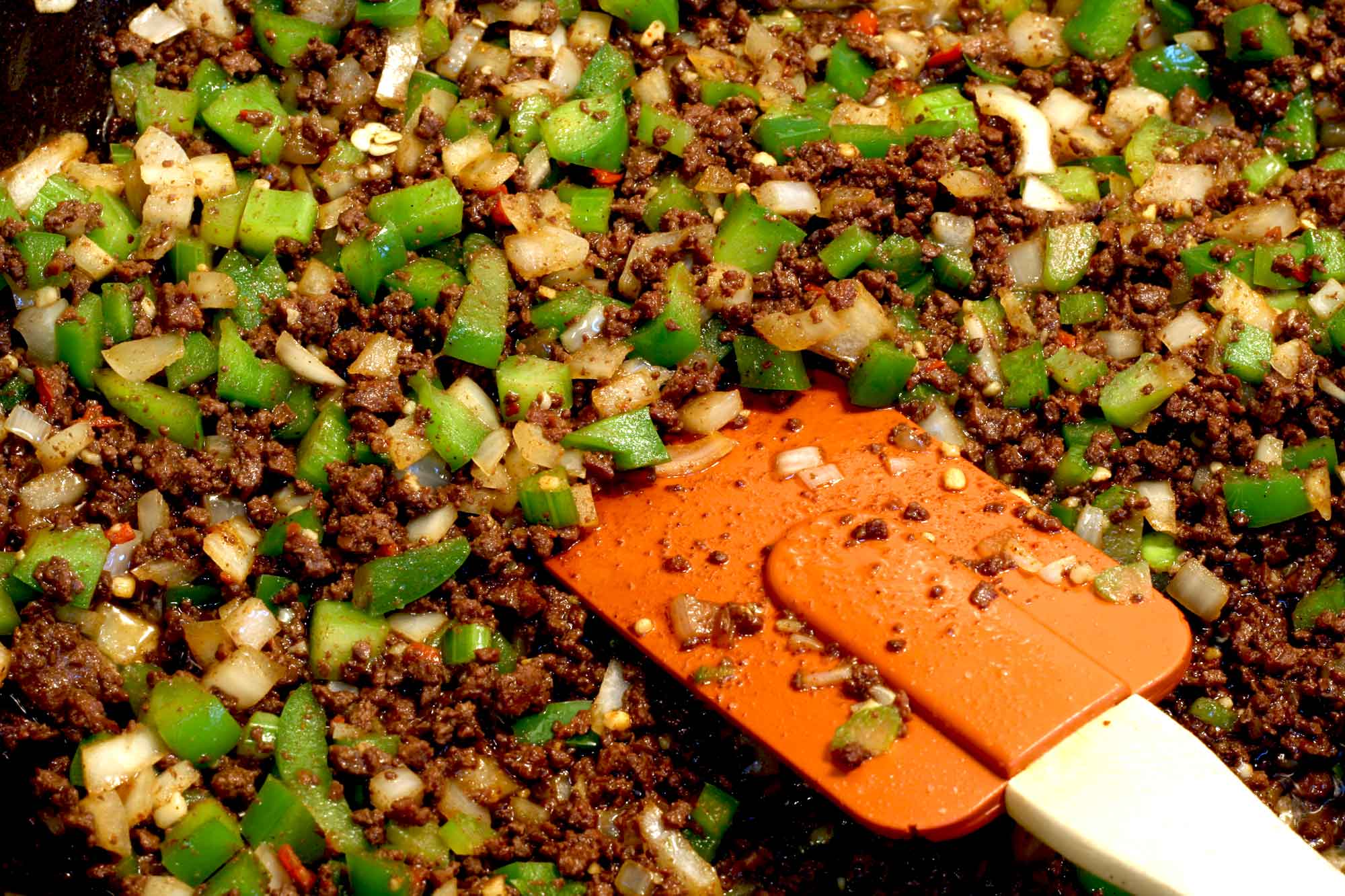
Finding flavors that compliment a liver is also helpful. Liver goes well with garlic and onions, but also pairs nicely with fruits and sweet sauces. Because liver has a very unique and sometimes strong flavor it can handle some stronger seasoning. Which brings me to dirty rice. This staple of Creole and Cajun dishes is traditionally served as a side, but can also become a great main dish.
I wanted to give this version a little more kick than usual so when I ground the liver, I also ground a habanero pepper in with it. As you cook the dish, that great habanero flavor penetrates the whole mixture to give it a little extra heat. I used duck livers for this version, but I’ve also used liver from rabbits, deer, and pork in the past. (Traditionally pork or chicken livers are used.)
INGREDIENTS
3 tablespoons bacon fat
1 pound duck livers
1 Habanero pepper stemmed and seeded
1 talk of celery, diced
1 green bell pepper, diced
1 medium yellow onion, diced
3 cloves of garlic, minced
1 tablespoon Tony Chachere’s creole seasoning
1 ½ cup stock (I used duck stock but chicken stock works as well)
2 bay leaves
3 cups cooked rice
½ cup parsley, minced
Green onion to garnish
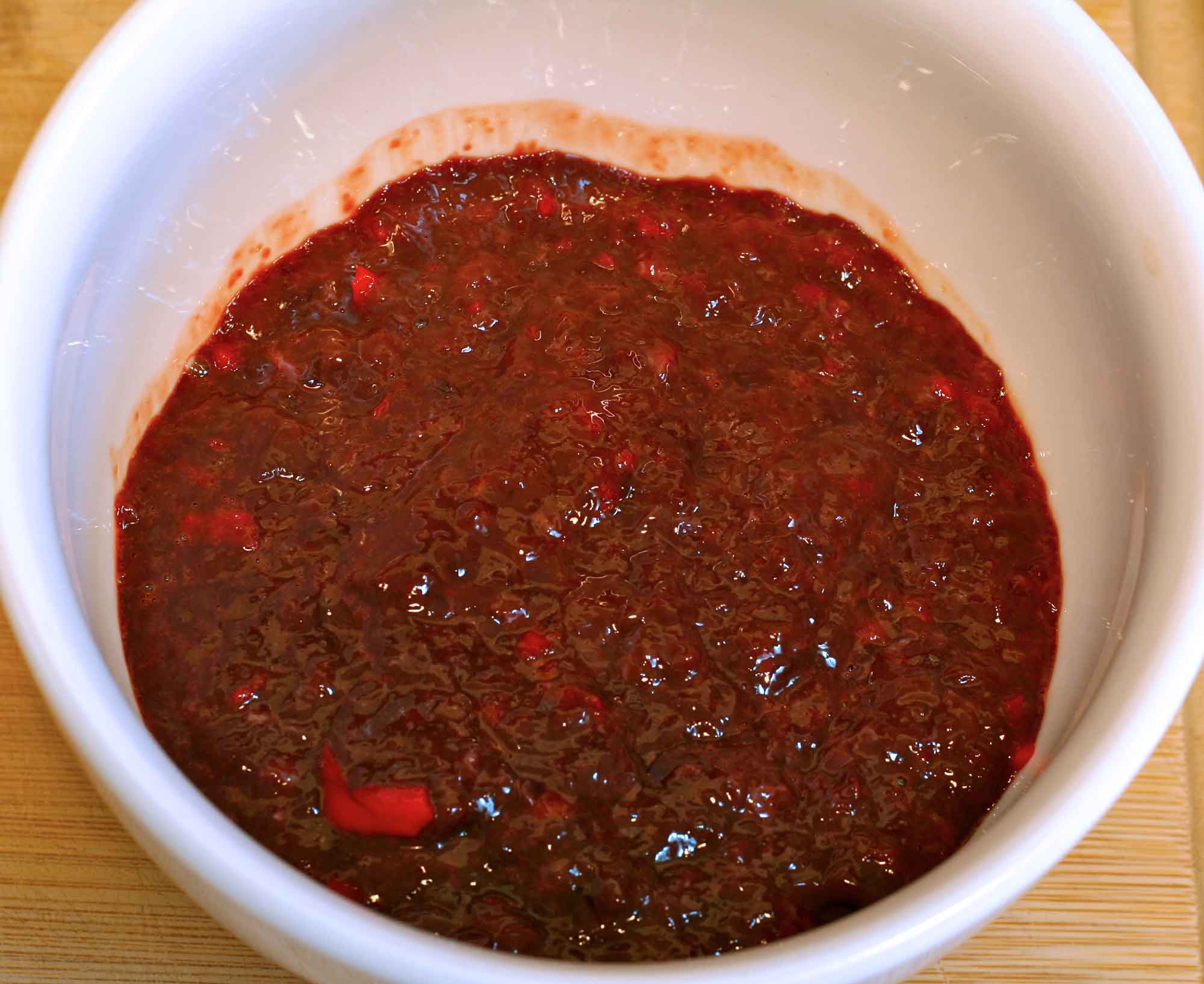
METHOD
In a food processor, grind the liver with the habanero until liquefied. Heat the bacon grease over medium high heat, then add the liver and habanero. Cook for 3-4 minutes until cooked through. Add the vegetables and season with salt and pepper. Continue cooking for 4-5 more minutes. Add the creole seasoning and stir to combine. Pour in the stock and add the bay leaves. Stir the liver and vegetables and make sure to scrape the tasty little bits off the bottom of the pan. Add the rice and stir to combine until all the stock is absorbed into the rice. Mix in the parsley just before serving. Garnish with green onions and enjoy.
